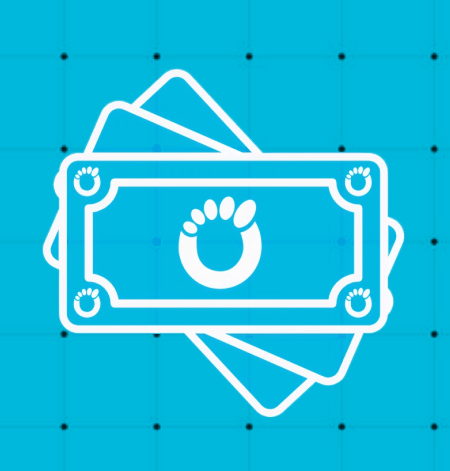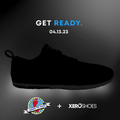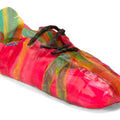
8 Running Recovery Tips to Improve Your Performance

Becoming a better runner isn’t just about running.
Runners constantly push themselves, chasing after their next personal best – but when post-run soreness lingers, it can derail your training. If you’re constantly feeling fatigued or sore after you run, it may be time to evaluate your recovery routine.
When it comes to training as a runner, recovery is so much more than rest.
Proper recovery takes an all-encompassing approach that spans diet, sleep, strength training, and cardio. Of course, making time for a proper recovery routine can be challenging. Busy schedules make it tempting to cut your post-run recovery short.
But neglecting your recovery is a mistake.
The bottom line is, if you want to improve your performance, rest and recovery are just as important as the running itself. If you want to improve your speed, endurance, and hit new personal records, prioritize your recovery.
Why Is Recovery Important for Runners?
After a long run, the muscles in your body need to rest, rejuvenate, and replenish, so that they can adapt to your training. It takes time to recover from an intense workout. By allowing for running recovery you help the body withstand more training in the future. This allows you to become stronger, faster, and less injury prone.
Without proper recovery, muscle damage can accumulate and you risk overtraining, which may lead to injury, stress fractures, soreness, and pain. When you do not allow for the full repair from your previous training, that can lead to compromised performance or injury.
No matter your age or experience level, here are a few simple running recovery tips to implement as part of your running plan.
8 Post-Run Recovery Strategies
Want your body to bounce back quicker after a run? Try incorporating these tips into your recovery routine.
1. Do a Cool Down
Proper running recovery begins with a post-run cool-down. A cool-down period after running keeps the body moving but allows the heart rate to come down and your body to readjust after a grueling workout. A slow jog or a walk are both good cool down activities, and it only takes five to ten minutes to get the benefits.
2. Stretch
Many runners do not spend enough time stretching after a workout. If you don’t take time post-run to stretch. It may be affecting your recovery. Stretching after a workout can prevent muscle soreness and injury and help speed up recovery. Spend a minute targeting each major muscle group in your legs: your quadriceps, hamstrings, calves, and glutes.
3. Use a Foam Roller
Foam rolling should be part of your post-run recovery. Using a foam roller after every run can help prevent soreness by preventing your muscles from tightening up. They provide soothing self-massage to relax muscles and help you recover more quickly so you’re ready for your next run sooner.
4. Hydrate and Replenish
Running increases the amount of fluid you need. Dehydration during and after your run will not only affect the performance of your run, but how well you recover. Ideally, you should drink at least 400 ml of water per hour while running. After a run, it’s best to drink 16–24 fluid ounces for every pound lost during your run.
Urine color can indicate your level of hydration. Monitor the color to see whether you’re dehydrated. A pale yellow or light-colored urine typically means you’re sufficiently hydrated, while a darker or amber urine indicates dehydration.
5. Do Light Cardio on Your Recovery Days
Not every recovery day should be a day of full rest. Active recovery days, where you do some light cardio, can help you recover more fully from your intense runs. Activities like walking, slowly jogging, doing yoga, or swimming, can help improve blood flow and keep muscles loose and limber without adding significant stress. Cardio is important for helping your body properly recover after a long run and improving your performance.
6. Eat the Right Foods
Post-run nutrition is essential for run recovery. Eating the right foods will help with muscle repair and growth, while replacing energy expended during your workout. Ideally, you should eat a meal or snack on something shortly after your post-run cool down and stretching routine.
Choose a meal or snack that contains carbs to replenish your lost glycogen stores, and protein to help repair and rebuild your muscles. Consuming carbohydrates after a workout helps to restore your energy reserves and aids in muscle recovery. Regular protein intake plays a vital role in muscle recovery and growth.
To speed up recovery, consider adding anti-inflammatory foods like tomatoes, spinach, kale, collards, almonds, walnuts, salmon, strawberries, and blueberries.
7. Sleep
For optimal recovery, plan to get 7-9 hours of sleep each night. But sleep is not just about quantity. The quality of your sleep is extremely important for recovery. For better quality sleep, avoid using your phone before bed, and don’t consume foods with sugar or caffeine. You may also consider investing in blackout curtains.
8. Wear Recovery Footwear
If you want to recover faster, consider your choice of footwear when you’re not training. Recovery shoes and sandals provide comfort after a long run, making them a smart choice for avid and long-distance runners. They could help you recover faster and reduce post-exercise leg and foot discomfort after a grueling run or workout.
Your shoes should be designed to let your feet move freely, allowing them to bend, flex and feel. Xero Shoes are made with a thin and flexible sole that lets you receive ground feedback, so that your feet are more engaged when you move – think of them as providing a little light cardio for your feet. Barefoot shoes provide the natural comfort you need to recover better after a long run. Your feet will thank you!
Browse recovery shoes and footwear from Xero Shoes.





